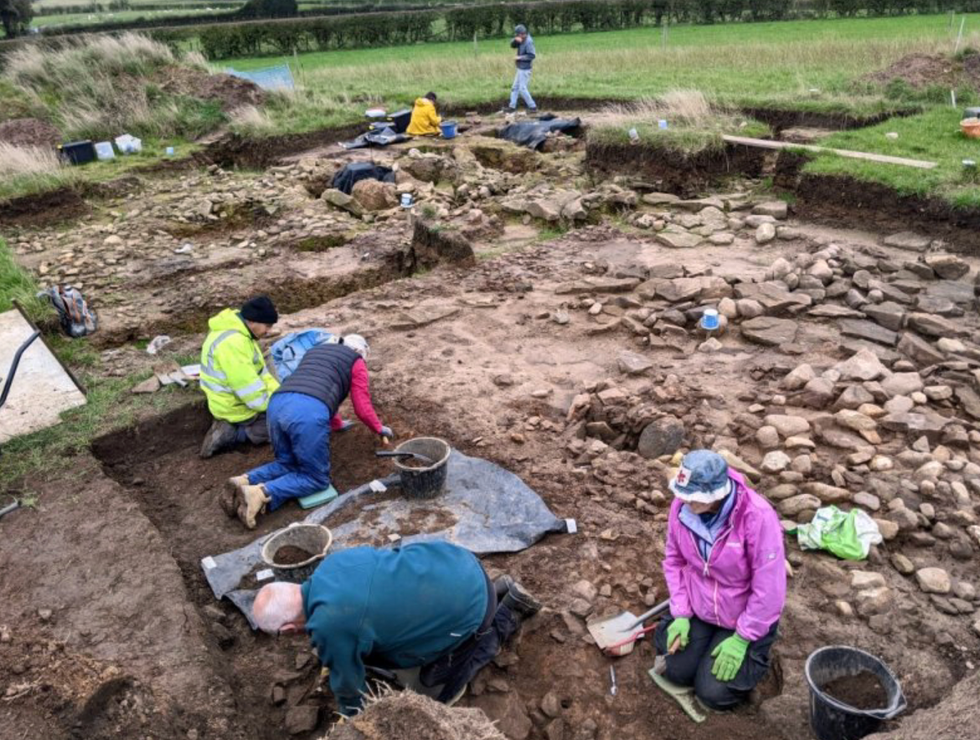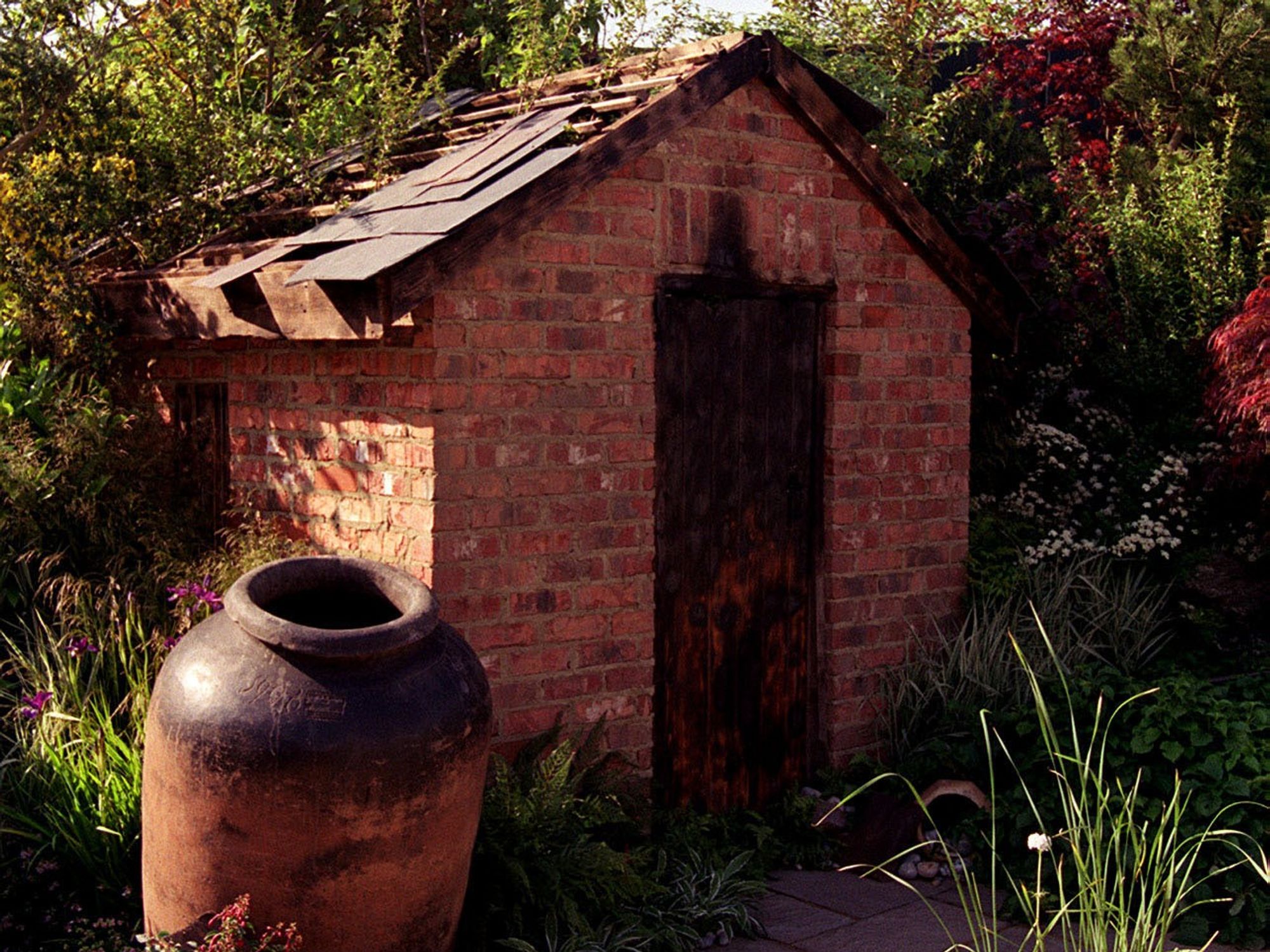Archaeologists discover mysterious 4,500-year-old Bronze Age burial site but hint it could be far older than first thought

Some evidence suggests the site could date back to 10,000 BC
Don't Miss
Most Read
Latest
Archaeologists in Wigan have discovered the mysterious remains of a 4,500-year-old Bronze Age burial site - but have found evidence it could date back much further than they first thought.
The Wigan Archaeological Society are excavating what is thought to be an ancient burial site in Aspull after finding human remains.
However, while the site has shown many signs from the Bronze Age, the society’s secretary and editor of its online website, Bill Aldridge, has suggested it could even date back to the Neolithic or Stone Age, some 12,000 years ago.
The belief comes from the henge-like structure surrounding the site.
A henge is a circular or oval enclosure that surrounds a ditch, and is more commonly associated with the Neolithic Age, up to 10,000 BC.
Mr Aldridge said: "We think it's been repurposed from an earlier monument – a Neolithic henge – because the size of the ring ditch around it is so big and it's oval in shape, with an entrance at one side.
"Bronze Age people didn't do that.
"It's more like a henge, which is totally unprecedented in this part of the country."

Archaeologists in Wigan have discovered the mysterious remains of a 4,500-year-old Bronze Age burial site, but have found evidence it could date back much further than they first thought
|WIGAN ARCHAEOLOGICAL SOCIETY
Chris Drabble, who is also a part of the society, said there were "lots of different theories" about what happened on the ancient site, adding that "something made it special".
The site is located on the outskirts of Wigan on a local farm, with the amateur archaeologists excavating there since 2022.
A scientific process called radiocarbon dating has helped to identify some areas of the site as being part of the Bronze Age.
"Radiocarbon dating is carried out at various universities, like Oxford, Queen’s in Belfast and Edinburgh," Mr Aldridge explained.
LATEST DEVELOPMENTS

A henge is a ring-like shape around a ditch
|GETTY
"It enables samples from the site to be dated to within an accuracy of 200 years."
Recently, they discovered a cremation urn from the Bronze Age, which still contained fragments of human bones.
"Everyone we know in the archaeological world has been amazed at what we’ve found because it was so unexpected," Mr Aldridge added.
"When we first found evidence of human bones, we had to call in the police and the coroner to ensure that the remains were not recent or evidence of a crime.
"It took some time for it to be established that the remains were thousands of years old, so we could carry on with what we are doing."
The society has requested that the Local Democracy Reporting Service, who recently inspected the site, do not reveal the exact location in order to prevent vandals from spoiling the excavation.
“Wigan has a rich history, particularly in relation to the town centre," Mr Aldridge concluded.
"In 2005, the remains of a vast Roman bathhouse were discovered during construction work on the Grand Arcade, and in 2008, the remains of an Apostle Fort were discovered in the town centre.”
Our Standards: The GB News Editorial Charter










